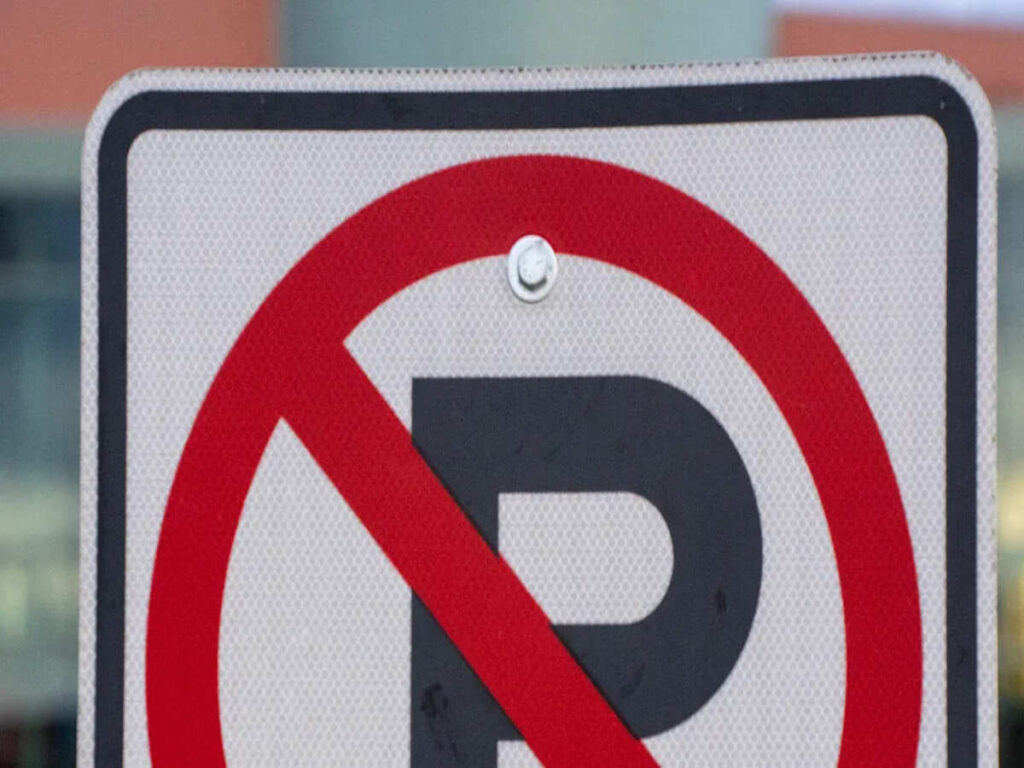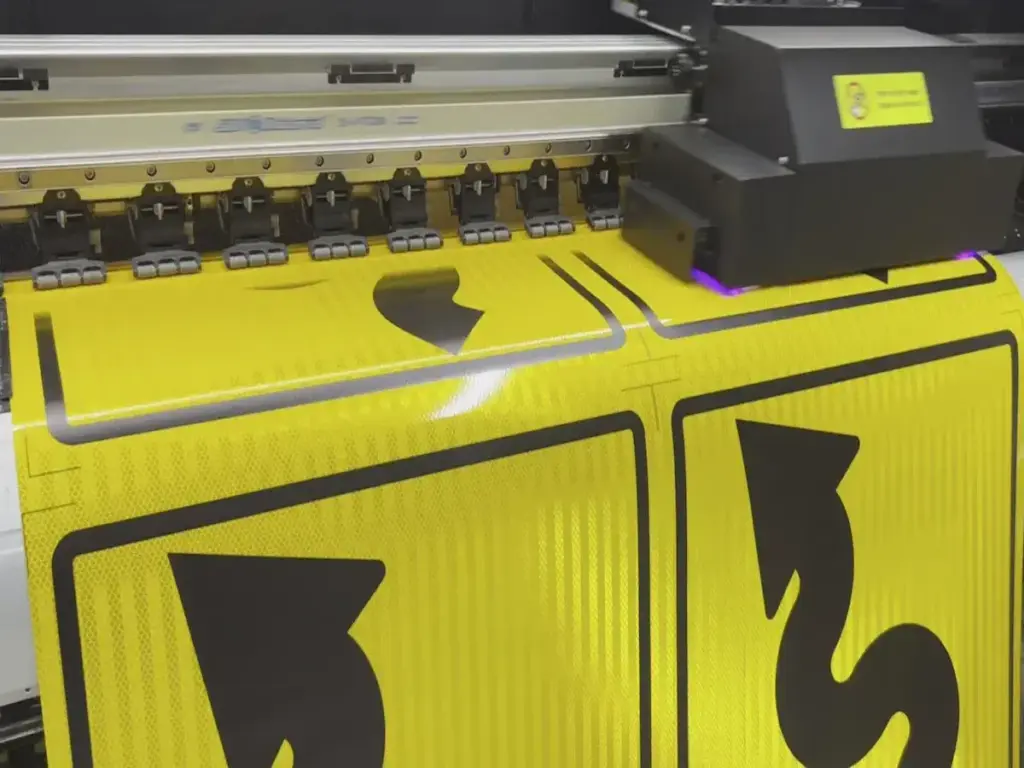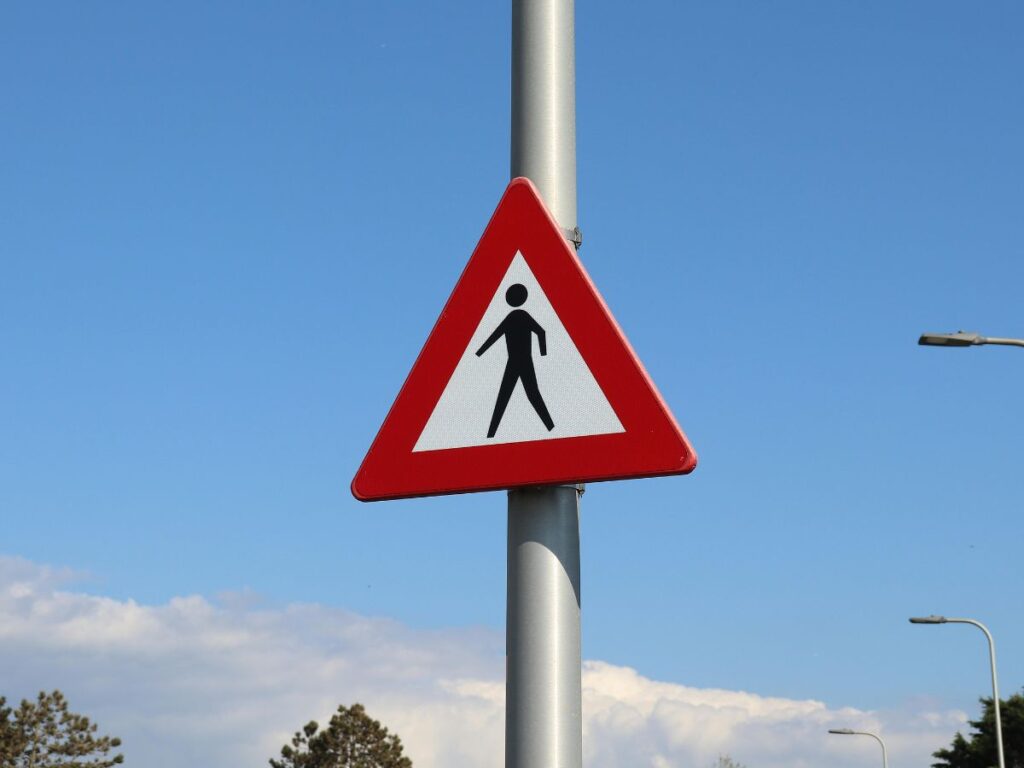
Imagine um mundo onde as estradas são mais seguras, e o tráfego flui suavemente. Sensores ópticos e LIDAR estão tornando essa visão uma realidade transformando a segurança do trânsito. Essas tecnologias avançadas Power Red Safety Cones, que monitoram ativamente as condições da estrada e fornecem atualizações em tempo real aos drivers. Em áreas urbanas como Cingapura, Cones de segurança vermelha inteligentes têm acidentes reduzidos e congestionamento, alertando os motoristas sobre riscos e redirecionamentos de veículos. Por Integração da tecnologia IoT, Eles aprimoram os sistemas de gerenciamento de tráfego, Garantindo a navegação mais segura para todos. Com essas inovações, Mesmo um simples cone de segurança se torna uma ferramenta vital para a segurança rodoviária moderna.
A ciência por trás dos sensores ópticos e da tecnologia LIDAR
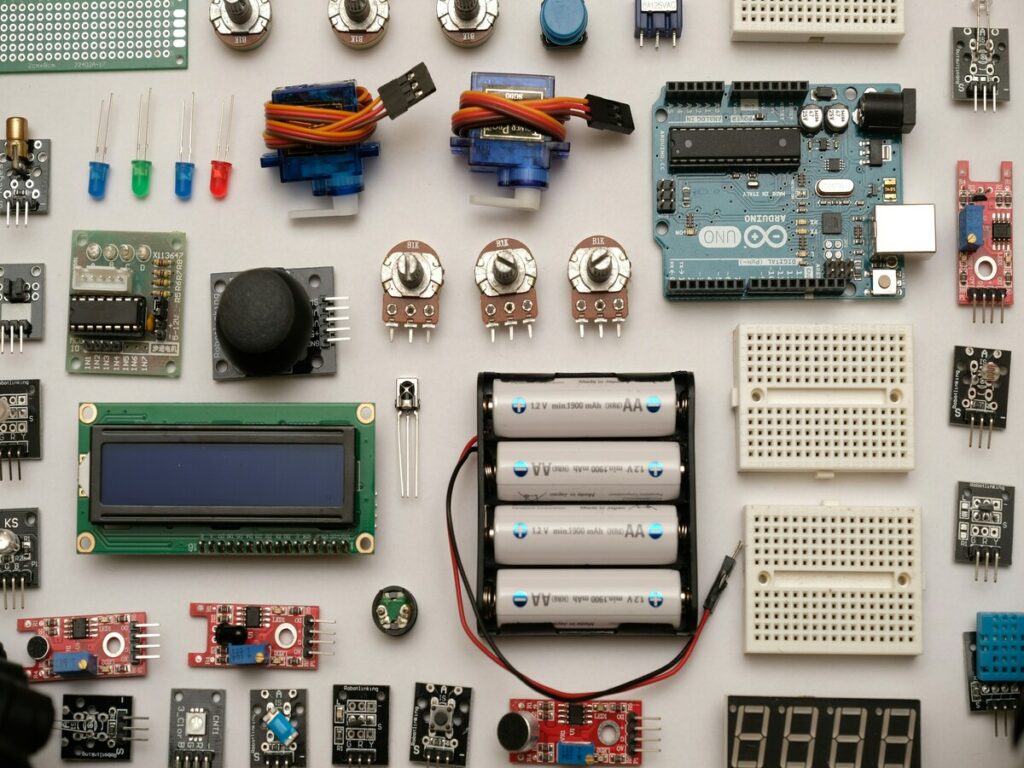
Entendendo sensores ópticos
Principais recursos e métodos de coleta de dados
Sensores ópticos desempenhar um papel crucial no gerenciamento moderno de tráfego. Esses dispositivos detectam e medem a luz para coletar informações sobre o ambiente. Eles trabalham capturando reflexões leves de objetos, que ajuda a determinar a distância, velocidade, e movimento. Sensores ópticos avançados podem até analisar condições ambientais, como brilho ou visibilidade. Esses dados são essenciais para melhorar a segurança rodoviária e o fluxo de tráfego.
Tipos de sensores ópticos usados na segurança do trânsito
Vários tipos de sensores ópticos são usados em sistemas de tráfego. Sensores infravermelhos detectam assinaturas de calor, tornando -os ideais para identificar veículos e pedestres. Câmeras equipadas com software de reconhecimento de imagem Excel no reconhecimento de sinais de trânsito e marcações de pista. LIDAR, um sensor óptico especializado, usa vigas a laser para criar detalhes detalhados 3D Mapas do meio ambiente. Junto, Esses sensores fornecem uma compreensão abrangente das condições da estrada.
Explorando a tecnologia LIDAR
Como o Lidar funciona e sua precisão nos aplicativos de tráfego
A tecnologia Lidar usa luz a laser para medir distâncias com notável precisão. Emite raios de laser e calcula o tempo que leva para a luz se recuperar depois de atingir um objeto. Este processo gera mapas 3D precisos do ambiente. Avanços recentes, como sistemas de lidar em escala de chip e matrizes em fases ópticas no chip, melhorou seus recursos de precisão e integração. A capacidade do Lidar de combinar com o radar, sonar, e as câmeras aprimoram a navegação e a detecção de objetos, Torná -lo inestimável para aplicações de tráfego.
Vantagens do Lidar na detecção de veículos e obstáculos
Lidar oferece várias vantagens em gerenciamento de tráfego. Sua alta precisão garante detecção confiável de veículos, pedestres, e obstáculos, mesmo em ambientes complexos. Algoritmos avançados e programas de IA permitem que o Lidar classifique os objetos e gerencie as interseções de maneira eficaz. Adicionalmente, Melhorias contínuas na calibração e processamento de dados tornam o Lidar uma ferramenta poderosa para mapeamento e segurança do trânsito.
Combinando sensores ópticos e lidar
Funções complementares no aprimoramento dos sistemas de tráfego
Sensores ópticos e lidar trabalham juntos para criar um sistema robusto de gerenciamento de tráfego. Enquanto o Lidar fornece percepção precisa da profundidade e mapeamento 3D, Sensores ópticos se destacam em reconhecer objetos específicos e seus recursos. Esta combinação aprimora o fluxo de tráfego, segurança, e eficiência geral do sistema.
Integração em cones de tráfego inteligente para melhor funcionalidade
Cones de tráfego inteligente integram os sensores Lidar e óptico para revolucionar a segurança rodoviária. Esses cones de segurança usam o lidar para detecção de objetos precisos e mapeamento, Enquanto os sensores ópticos melhoram a visibilidade e a comunicação com os veículos. Junto, Eles permitem monitoramento em tempo real e respostas adaptativas, tornando as estradas mais seguras para todos.
Aplicações de sensores lidar e ópticos em segurança no trânsito
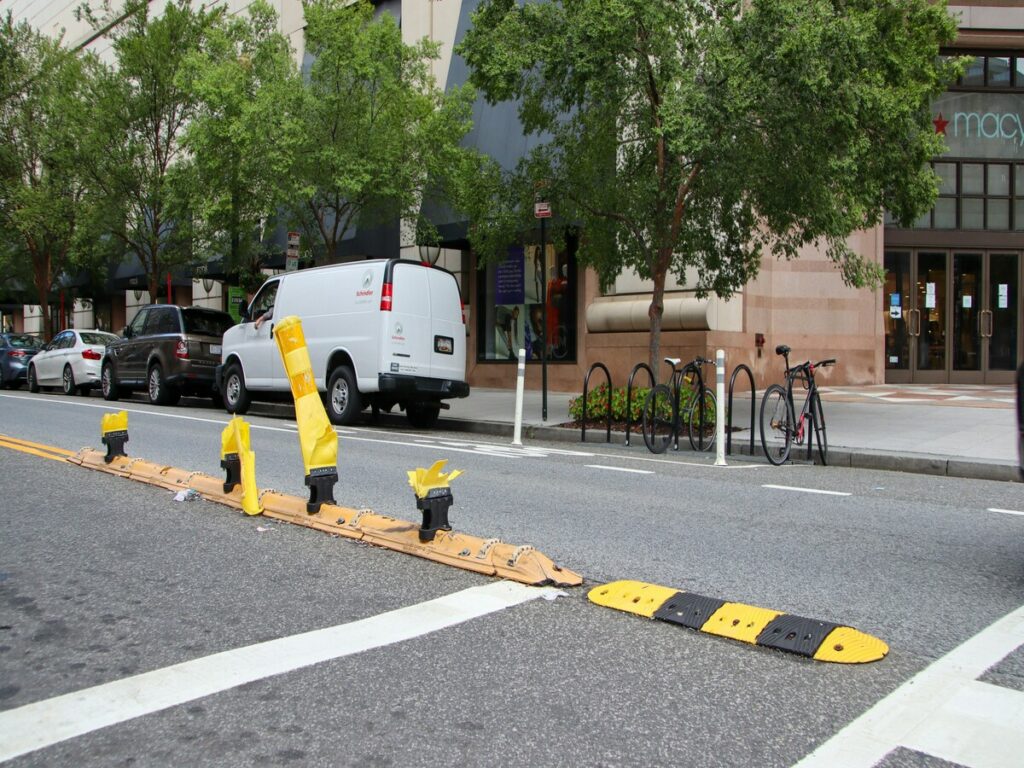
Monitoramento de tráfego em tempo real
Coletando e analisando dados de fluxo de tráfego
LiDAR e sensores ópticos revolucionam o monitoramento do tráfego, fornecendo dados em tempo real. Essas tecnologias coletam informações autonomamente sobre o movimento do veículo, atividade de pedestres, e padrões de uso da estrada. Lidar cria mapas 3D detalhados de cruzamentos e estradas, Ajudando você a visualizar o fluxo de tráfego. Identifica pedestres, Conta veículos, e mede o volume de tráfego. Estes dados informam políticas de transporte, garantindo estradas mais seguras para todos. Sistemas avançados de assistência ao motorista (ADAS) Também depende do Lidar para melhorar a segurança do veículo, oferecendo visualização ambiental precisa.
Detectar acidentes e riscos da estrada instantaneamente
Acidentes e riscos da estrada exigem atenção imediata. LiDAR e sensores ópticos, Combinado com visão computacional e algoritmos de aprendizado profundo, Ativar detecção rápida. Esses sistemas analisam feeds de vídeo em tempo real para identificar colisões ou obstáculos. Alertas automatizados notificam as autoridades de trânsito e serviços de emergência, garantindo respostas rápidas. Sistemas de vigilância Equipado com essas tecnologias também registra incidentes, Fornecendo informações valiosas para melhorar a segurança do trânsito. Detectando riscos instantaneamente, Essas ferramentas reduzem os riscos e salvam vidas.
Sistemas de controle de tráfego adaptativo
Ajustes de sinal dinâmico com base em dados em tempo real
Os sistemas de controle de tráfego adaptativo usam dados em tempo real de sensores lidar e ópticos para otimizar os horários do sinal. Os semáforos se ajustam dinamicamente com base nas condições atuais, em vez de seguir horários fixos. Por exemplo, Luzes verdes mais longas podem ser atribuídas a direções mais movimentadas, aliviando o congestionamento durante o horário de pico. Esta abordagem melhora o fluxo de tráfego e reduz atrasos, Criando uma experiência de condução mais suave para você.
Reduzindo o congestionamento e melhorando o fluxo de tráfego
Respondendo aos padrões de tráfego reais, Os sistemas adaptativos minimizam o congestionamento e aumentam a eficiência. Sensores LiDAR monitoram a atividade do veículo e dos pedestres, Identificando veículos em alta velocidade ou Jaywalkers. Esses dados ajudam os sistemas de gerenciamento de tráfego a tomar decisões informadas, reduzindo gargalos e melhorando a segurança. Com essas tecnologias, Você experimenta menos estradas frustrantes e seguras.
Cones de segurança vermelha em ação
Melhorando a visibilidade e a comunicação com veículos
Cones de segurança vermelha inteligentes equipados com sensores lidar e ópticos melhoram a visibilidade e a comunicação. Suas luzes LED e materiais reflexivos avançados garantem que permaneçam visíveis em condições climáticas com pouca luz ou adversas. Sensores internos monitoram as condições da estrada e compartilham atualizações com sistemas de gerenciamento de tráfego. A conectividade da IoT permite que esses cones de segurança vermelhos forneçam alertas em tempo real aos drivers, reduzindo os riscos de colisão e garantindo um fluxo de tráfego mais suave.
Apoiando a navegação e segurança de veículos autônomos
Os cones de tráfego inteligentes desempenham um papel vital no suporte a veículos autônomos. Os sensores LiDAR incorporados nesses cones ajudam carros autônomos a detectar e navegar em torno de obstáculos. Eles se comunicam com a infraestrutura conectada, Orientar os veículos com segurança através de zonas de construção ou locais de acidentes. Aprimorando a segurança do veículo, Esses cones de segurança vermelhos contribuem para uma experiência de direção autônoma mais confiável.
OPTsigns cones de trânsito são projetados para fornecer as soluções mais confiáveis para a segurança rodoviária. Feito de materiais de alta resistência e com tecnologia reflexiva avançada, OPTsigns cones de trânsito Garanta alta visibilidade em todas as condições climáticas, orientar efetivamente o tráfego e reduzir o risco de acidentes. Seja para sites de construção, Estacionamentos, ou situações de emergência, OPTsigns cones de trânsito sua escolha confiável.
Melhorando cones de segurança vermelha com tecnologias inteligentes
Visibilidade e alertas aprimorados
Integração de sensores para melhor detecção em condições de baixa luz
Cones de segurança vermelha inteligentes usam sensores avançados para melhorar a detecção em ambientes com pouca luz. Esses sensores monitoram continuamente as condições da estrada e detectam a proximidade do veículo, velocidade, e mudanças ambientais. A iluminação LED e os materiais refletivos aumentam a visibilidade, Garantir que os motoristas possam identificar esses cones de segurança vermelhos, mesmo em condições climáticas adversas ou noturnas. Combinando esses recursos, Cones de tráfego inteligentes fornecem maior visibilidade e segurança para todos na estrada.
Alertas em tempo real para motoristas e sistemas de tráfego
Os cones de tráfego inteligentes enviam alertas em tempo real para motoristas e sistemas de gerenciamento de tráfego. Quando eles detectam acidentes ou perigos, Eles ativam luzes de aviso e notificam as autoridades instantaneamente. Esta comunicação rápida reduz os tempos de resposta e minimiza os riscos. Por exemplo, Se um cone detectar uma obstrução repentina na estrada, Pode alertar os motoristas próximos e redirecionar o tráfego para evitar colisões. Esses alertas em tempo real tornam as estradas mais seguras e mais eficientes.
Interação com veículos e sistemas
Permitindo que veículos autônomos detectem e respondam aos cones de segurança vermelhos
Veículos autônomos dependem de lidar e sensores para navegar com segurança. Cones de tráfego inteligentes equipados com tecnologia Lidar ajudam esses veículos a detectar e responder a obstáculos. Os cones de segurança coloridos criam um caminho claro transmitindo dados precisos de localização e condições da estrada. Essa interação garante que os veículos autônomos possam ajustar suas rotas e manter a segurança em ambientes de tráfego complexos.
Comunicação com infraestrutura conectada para navegação mais segura
Cones de tráfego inteligente se comunicam com a infraestrutura conectada para melhorar a navegação. A conectividade da IoT permite que eles compartilhem dados em tempo real com sistemas de gerenciamento de tráfego. Esses dados ajudam a otimizar o fluxo de tráfego e reduz o congestionamento. Por exemplo, colored safety cones can dynamically adjust their placement based on traffic patterns, ensuring smoother navigation for drivers and autonomous vehicles alike.
Benefits for Construction Zones
Protecting workers and reducing accidents in work areas
Em zonas de construção, smart traffic cones play a vital role in protecting workers and reducing accidents. Their sensors monitor traffic patterns and send real-time alerts to drivers, warning them of potential dangers. Enhanced visibility through LED lights and reflective materials ensures that colored safety cones remain noticeable, mesmo em condições desafiadoras. These features create a safer environment for both workers and drivers.
Streamlining traffic flow around construction sites
Smart traffic cones streamline traffic flow around construction sites by channeling vehicles efficiently. Eles usam o monitoramento em tempo real para detectar congestionamento e ajustar sua colocação dinamicamente. Em áreas urbanas, Eles podem criar caminhos de pedestres dedicados, garantindo a segurança para todos. Reduzindo atrasos e melhorando a organização, Esses cones de segurança coloridos aprimoram o gerenciamento geral de tráfego em zonas de trabalho.
Benefícios do mundo real e histórias de sucesso
Estudos de caso em gerenciamento de tráfego
Cidades com sucesso usando lidar e cones de tráfego inteligente
Várias cidades adotaram lidar e cones de tráfego inteligentes para melhorar a segurança e a eficiência do tráfego. Em Cingapura, Milhares de cones de tráfego inteligentes foram implantados para melhorar o fluxo de tráfego e minimizar atrasos. Esses cones monitoram ativamente as condições da estrada e fornecem atualizações em tempo real aos drivers, garantir uma navegação mais suave. De forma similar, Busan, Coréia do Sul, integrou a tecnologia Lidar como parte de seu Projeto Smart City. Esta iniciativa se concentra em melhorar a segurança rodoviária para pedestres e ciclistas, Criando um ambiente urbano mais seguro.
Exemplos de acidentes reduzidos e fluxo de tráfego aprimorado
A implementação de cones de tráfego Smart e LiDAR reduziu significativamente acidentes e melhorou o fluxo de tráfego em áreas urbanas. Detectando riscos e alerta os motoristas instantaneamente, Essas tecnologias impedem colisões e garantem cruzamentos mais seguros. Cidades que usam esses sistemas relatam menos interrupções no tráfego e movimento mais suave do veículo, beneficiando motoristas e pedestres.
Apoiando veículos autônomos
Papel do Lidar na habilitação de direção autônoma segura
A tecnologia LIDAR desempenha um papel crucial para garantir a segurança do veículo para carros autônomos. Combina com Ai e GPS Para ajudar os veículos a navegar em cenários complexos com precisão. Sensores LiDAR identificam e classificam com precisão objetos como pedestres e veículos, permitindo respostas proativas para evitar colisões. Esta tecnologia também rastreia obstáculos dinâmicos, Garantir navegação segura e eficiente em ambientes urbanos ocupados.
Integração com sensores de veículo para navegação sem costura
Veículos autônomos dependem do Lidar para visualizar ambientes complexos. Os sensores criam modelos 3D detalhados de estradas e arredores, Melhorando a consciência situacional. Analisando esses dados, Os veículos podem identificar as rotas mais seguras e eficientes. Lidar também se integra perfeitamente a outros sensores de veículo, Garantir a navegação suave através de cruzamentos e zonas de construção.
Impactos mais amplos na segurança do trânsito
Segurança aprimorada para pedestres e ciclistas
LiDAR e sensores ópticos transformaram a segurança do trânsito para usuários de estrada vulneráveis. Na Coréia do Sul, acidentes de pedestres diminuíram após a introdução da tecnologia LIDAR em 2017. O projeto Smart City em Busan aumenta ainda mais a segurança, aproveitando essas tecnologias para monitorar interseções e reduzir os riscos para pedestres e ciclistas.
Benefícios de longo prazo para o desenvolvimento da cidade inteligente
A integração de cones de segurança lidar e plásticos em cidades inteligentes oferecem benefícios de longo prazo. As cidades têm acesso a grandes quantidades de dados, permitindo a tomada de decisão mais eficaz e melhorar o gerenciamento de tráfego. Essas tecnologias promovem comunidades mais seguras, Reduza pegadas ambientais, e aprimorar os sistemas de transporte. Investindo em soluções inteligentes, As cidades criam ambientes urbanos sustentáveis e eficientes para as gerações futuras.
Potencial futuro e desafios dos cones de segurança vermelhos
Inovações em LiDAR e sensores ópticos
Avanços na integração de IA e IoT
Avanços recentes na IA e IoT aprimorou significativamente os recursos dos sensores lidar e óptico. Os sistemas LiDAR movidos a IA agora classificam objetos com precisão notável, Ajudar veículos e sistemas de tráfego a reagir adequadamente aos obstáculos. Modelos de aprendizado de máquina melhoram continuamente estratégias de evitação de obstáculos, Tornando o gerenciamento de tráfego mais confiável. Adicionalmente, Integração do lidar com o radar, sonar, E as câmeras melhoraram a navegação para veículos autônomos. Essas inovações também apóiam o planejamento urbano, criando modelos 3D e fornecendo dados em tempo real para uma melhor tomada de decisão.
Potencial para soluções mais eficientes e econômicas
Cones de tráfego inteligentes equipados com sensores avançados oferecem soluções econômicas para gerenciamento de tráfego. Eles reduzem a necessidade de uma extensa infraestrutura física, Economizando nos custos de instalação e manutenção. A estabilidade operacional aprimorada minimiza o tempo de inatividade, Garantir respostas eficientes às condições de tráfego. Esses cones de segurança plásticos também se adaptam às mudanças nos volumes de tráfego sem exigir atualizações significativas, tornando -os escaláveis e sustentáveis. Fornecendo dados de tempo quase real, Eles permitem ajustes rápidos nos sinais de trânsito e rotas, melhorando a eficiência geral.
Superando barreiras à adoção
Abordando altos custos e desafios técnicos
A adoção de cones de tráfego inteligente envolve a superação de desafios, como aumento dos custos de matérias -primas e complexidades técnicas. Métodos de produção inovadores podem ajudar a manter a acessibilidade, Enquanto a pesquisa e o desenvolvimento garantem a conformidade com os padrões mais rígidos de segurança. Os fabricantes também devem se concentrar na criação de recursos exclusivos para se destacar em um mercado competitivo. Projetos de preparação para emergências, como implantação rápida e alta visibilidade, Aumente ainda mais sua praticidade.
Garantir a compatibilidade com a infraestrutura existente
A integração de cones de tráfego inteligente aos sistemas de tráfego atuais requer planejamento cuidadoso. Esses cones de segurança plásticos devem se comunicar perfeitamente com a infraestrutura existente, incluindo semáforos e centros de controle. A conectividade da IoT desempenha um papel crucial para garantir a compatibilidade, permitindo troca suave de dados e gerenciamento de tráfego coordenado. Ao enfrentar esses desafios, Você pode desbloquear todo o potencial desta tecnologia.
Visão para o futuro da segurança do trânsito
Impacto transformador na segurança rodoviária e na eficiência
Os cones de tráfego inteligentes têm o potencial de revolucionar a segurança rodoviária e a eficiência do trânsito. Seus sensores fornecem alertas em tempo real, Redução de acidentes e congestionamentos. Recursos de alta visibilidade, como luzes LED e tiras reflexivas, Aumente a segurança durante a noite ou clima adverso. Esses cones de segurança plásticos também otimizam o fluxo de tráfego, oferecendo dados em tempo real sobre velocidades e congestionamentos do veículo, permitindo ajustes dinâmicos para sinais de trânsito.
Sustentabilidade a longo prazo e integração de cidades inteligentes
A longo prazo, Cones de tráfego inteligentes contribuem para o desenvolvimento urbano sustentável. Eles coletam continuamente dados sobre as condições da estrada e os padrões de tráfego, apoiando a tomada de decisão informada. Cidades como Cingapura já viram reduções significativas de acidentes e congestionamentos por meio de sua implantação. Ao integrar as iniciativas da Smart City, Esses cones de segurança plásticos criam mais seguros, sistemas de transporte mais eficientes para as gerações futuras.
LiDAR e sensores ópticos revolucionaram a segurança do trânsito, oferecendo coleta precisa de dados e percepção 3D avançada. Essas tecnologias se destacam em condições de baixa visibilidade, Permitir detecção de risco precisa e fluxo de tráfego mais suave. Eles também aprimoram a segurança do veículo através da integração com sistemas avançados de assistência ao motorista. Monitorando autonomamente as condições da estrada, Eles reduzem acidentes e congestionamentos, Criando ambientes mais seguros para todos.
Cones de segurança vermelha demonstram a aplicação prática dessas inovações. Eles melhoram a visibilidade, Forneça alertas em tempo real, e apoiar a navegação de veículos autônomos. Sua capacidade de se comunicar com a infraestrutura conectada garante um gerenciamento de tráfego mais seguro e eficiente.
O futuro dos sensores lidar e óptico está em seu potencial para moldar as cidades mais inteligentes. Essas tecnologias fornecem dados em tempo real para o planejamento urbano, Otimize os horários do semáforo, e aprimorar a segurança de pedestres. Integrando com dispositivos IoT, Eles permitem conectividade perfeita nos sistemas de transporte. Com esses avanços, Você pode esperar estradas mais seguras e desenvolvimento urbano sustentável.

